October 12-18 is World Rainforest Week. Every year, we take this opportunity to highlight rainforest destruction around the world – and what we are doing to stop it. And RAN is indeed doing great work to stop rainforest destruction for palm oil in Indonesia (in fact, we just put out a really cool report that talks about the link between agrofuels and rainforest destruction).
But I’d like to use this year’s World Rainforest Week to talk about a little-known threat that tar sands development poses to temperate (i.e. cold, not hot & sweaty) rainforests in British Columbia.
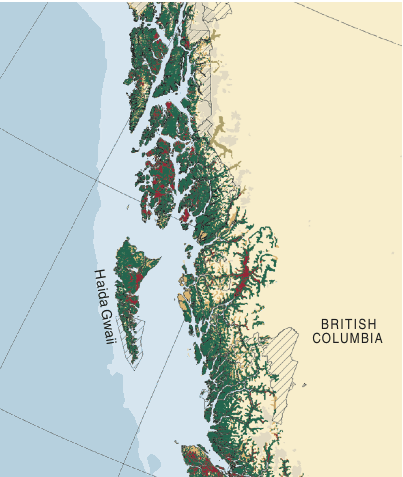
“Rainforests – in British Columbia??” you might say. (Well, actually, if you’re savvy enough to be reading this blog, then you may well know that rainforests don’t just exist in the tropics.) That’s right: BC is home to the Great Bear Rainforest, an area of spectacular natural beauty and biodiversity, home to many species – like the “spirit” bear – that exist nowhere else in the world.
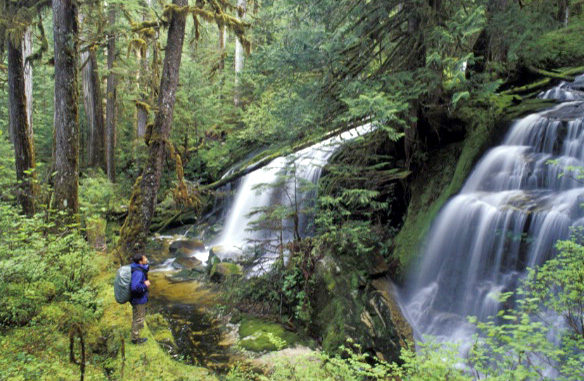
But this spectacular rainforest is facing an urgent threat: the proposed construction of an oil pipeline that would run from the tar sands of Alberta to Kitimat, a town at the end of a long, narrow sea inlet that passes through some of the most spectacular parts of the Great Bear Rainforest.
This pipeline, the Northern Gateway, is proposed by Enbridge – the same company that is building the Alberta Clipper pipeline from the tar sands to the Midwest that was recently approved by the U.S. State Department (and opposed by a coalition of environmentalists and First Nations communities). Apparently, the Alberta Clipper – with its capacity of 800,000 barrels per day – won’t be big enough to pump out all the oil from rapidly-expanding tar sands strip mining in Alberta. So, Enbridge is proposing to build this new 720-mile pipeline, which would carry 525,000 barrels of tar sands oil per day to the sleepy little town of Kitimat, nestled at the end of an inlet that is surrounded by beautiful mountains and pristine temperate rainforests.
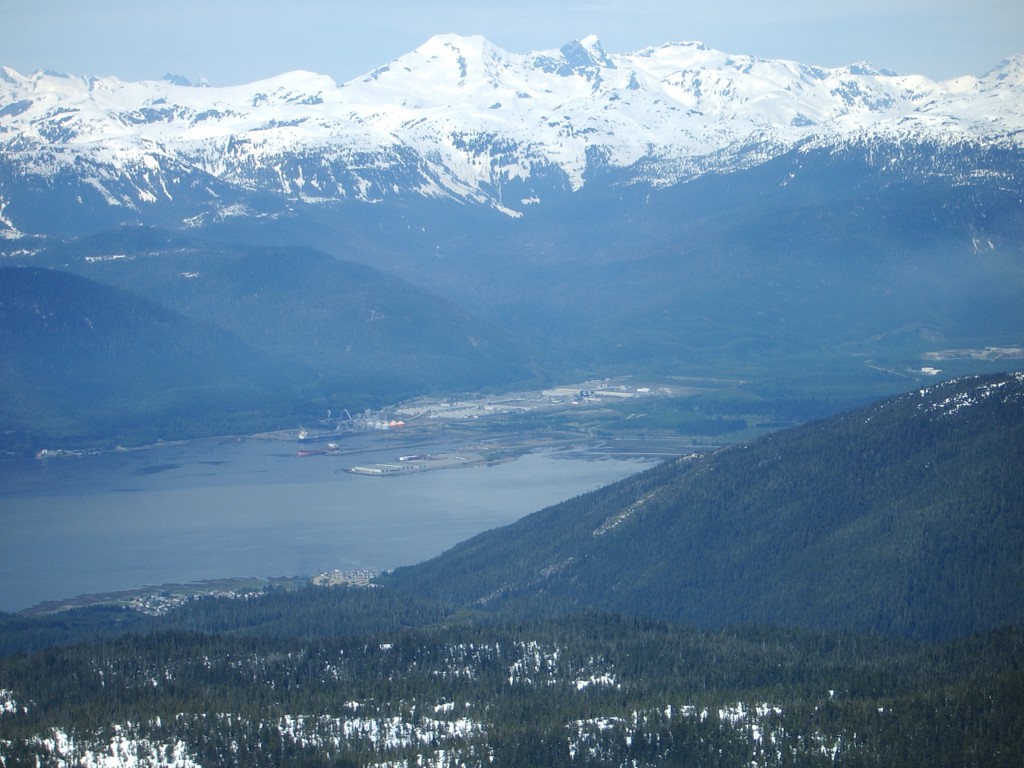
Spills along the pipeline route are certainly a concern: the pipeline will run across several fault lines, and Enbridge hardly has a great safety record – its existing pipelines had 65 “reportable spills” of a total of 13,777 barrels in 2007 alone. But the really scary threat to BC’s rainforests is the shipping route that will carry tar sands oil by tanker, through 70 miles of narrow inlets, on its way to ports on the U.S. West Coast and in East Asia.
In March 2006, the Queen of the North ferry ran aground and sank, killing two people, along the shipping route that these oil tankers would be taking (see the green arrow on the map below; Kitimat is in the upper right corner). In fact, just over a week ago, on Sept. 25, a pulp freighter ran aground near Kitimat and needed to be towed to Vancouver for repairs. And under Enbridge’s Northern Gateway proposal, 225 oil tankers would need to make the trip through these challenging channels to Kitimat and back each year. Four or five of these ships each month would be supertankers – which are over 1,000 feet long and carry 2 million barrels of oil, eight times the amount spilled by Exxon Valdez.
Enbridge reassures us that “all vessels using the Kitimat terminal will be required to be double-hulled.” But a section of the Exxon Valdez that ran aground was double-hulled – and that didn’t prevent hundreds of thousands of barrels of oil from spilling. In fact, a detailed 2006 study by an industry expert at tanker construction argued that double hulls do almost nothing to prevent major oil spills – due to the fact that any grounding or impact large enough to cause a major spill is easily large enough to rip through two hulls.
And as the 1989 Exxon Valdez spill in Alaska and the 2002 Prestige spill in Spain have shown, all it takes is one screw-up to cause unimaginable damage to a coastal ecosystem. After Exxon Valdez spilled 265,000 barrels of oil into the Prince William Sound in Alaska, 1,200 miles of coastline were polluted; within days of the spill, 250,000 seabirds, 1.9 million salmon, and 2,000 otters died. A 2003 study found that sequestered oil was still causing animal deaths, and that some shoreline habitats would likely not recover fully until after 2030.
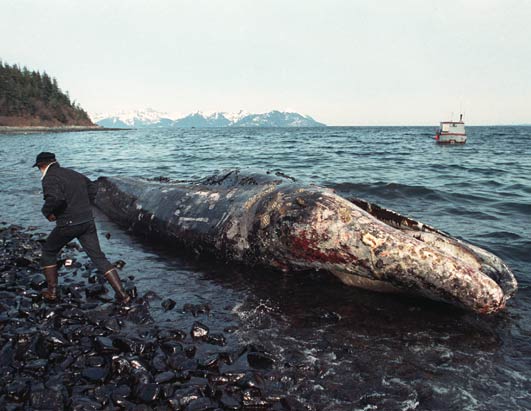
And one of the things that is so amazing about the Great Bear Rainforest also makes it incredibly susceptible to oil spills: the forest and marine ecosystems are incredibly interdependent. Bears live off of the salmon and other fish runs; rainforest wolves, which swim from island to island, eat fish and barnacles; and animals carry salmon carcasses into the forest, where they provide vital nutrients to plants. If the marine ecosystem was devastated by a massive oil spill, the entire ecosystem of the Great Bear Rainforest would be tremendously affected.
And these salmon of BC aren’t just vital to the ecosystem of the Great Bear Rainforest – they’re also vital to the local economy.
[youtube eAm1BS3opVs]
The people of British Columbia – among the most progressive in Canada – recognize the dangers posed by the Kitimat pipeline: a July 2008 poll found that 72% of BC residents favored banning oil tanker traffic in BC’s Inside Passage, while only 19% supported allowing it. Furthermore, 77% agreed that the communities most affected by a potential oil spill should have first say in whether tankers should be allowed on BC’s North Coast.
And those First Nations communities that would be most affected by such a spill have made it very clear where they stand. In Dec. 2008, the Haida Nation stated that they “will certainly not accept tanker traffic where we would run the burden of risk an oil spills in our waters.” In March 2009, the Gitga’at First Nation stated that “there is nothing but risk in this whole process for the Gitga’at people.” And at a First Nations energy summit in June, the Chief of the Wet’suwet’en First Nation said bluntly of the pipeline: “We don’t want it.”
So why is this dangerous idea being pursued? Well, any RAN supporter could probably tell you the answer: because Big Oil supports it.
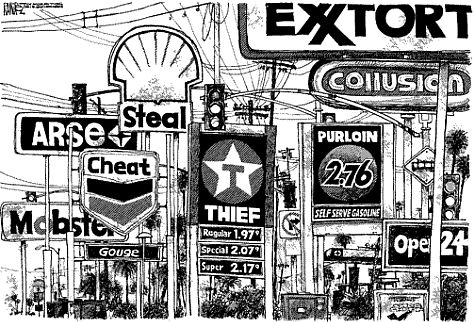
Freaked out by the potential for tar-sands-oil-killing climate legislation in the U.S., the tar sands industry is hedging their bets by planning the Northern Gateway pipeline, which would allow them to export oil to East Asia – especially to China, which has recently taken a much stronger interest in the tar sands. While the California Low Carbon Fuel Standard (which would limit the use of tar sands oil in California) was being considered in March 2009, the head of the Canadian Association of Petroleum Producers stated that “the only realistic… alternative to the U.S. in the near term would be exports off the West Coast to the Far East.”
And to make it clear that it isn’t just Enbridge that stands to benefit from the Northern Gateway pipeline, Enbridge announced in July that outside oil companies (they wouldn’t say which) are contributing $100 million to the effort to win regulatory approval for the pipeline. (This could be part of the reason why Enbridge’s CEO, when asked about how he’s going to deal with environmentalists’ concerns about the potential damage to the Great Bear Rainforest, simply said, “I think those can be addressed.”) And then there’s also the huge question of the (as yet unclear) involvement of Chinese oil companies in funding and promoting the pipeline.
Plus, the government of Alberta – the Saudi Arabia of Canada – is taking the cue from their oil industry buddies, and throwing down for Northern Gateway. In May 2008, Alberta Premier Ed Stelmach stated that “we will not only depend on the American market, we will expand markets. And if that means building a pipeline to the coast and selling oil to another country, we will.” (Note the use of the word “we” when describing the actions of oil companies – that says a lot.)
And, to top it all off: what bank do you think loaned Enbridge $1.1 billion in 2008 (and thus presumably stands to gain from the pipeline’s success)? None other than the biggest corporation in the country, Royal Bank of Canada.
So who’s going to win? Big Oil, or the Great Bear Rainforest? An alliance of the Alberta government, RBC, and the biggest oil companies in the world – or an alliance of environmentalists and First Nations, backed by the public opinion of the people of BC?
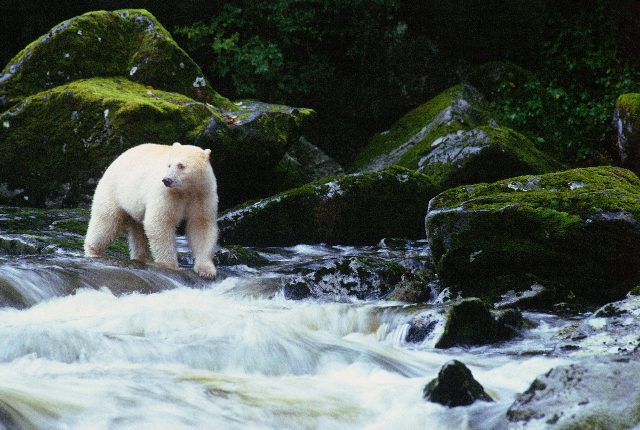
You can help the fight against Enbridge’s Northern Gateway pipeline by signing this petition by the Dogwood Initiative, by sending a letter to Prime Minister Harper, or by joining the Dogwood Facebook group. (Or, if you’d like to do something a bit more interesting, click here for the office numbers and email addresses of top Enbridge executives.)